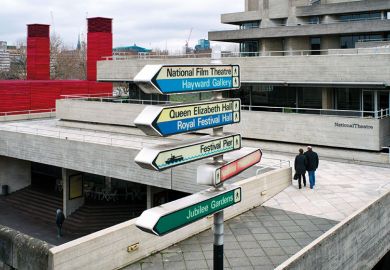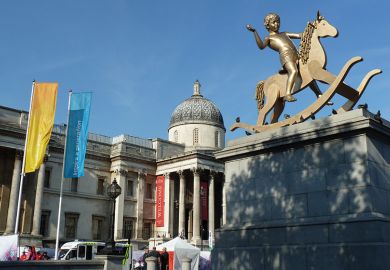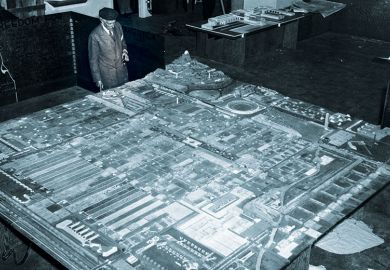Full disclosure: I’m not a planner, I have no professional engagement with planning and, like many academics at the soft end of urban studies, I am also a bit of a sceptic. Thanks to Marx and Freud, I tend to think money is evil and people are weird, so planning is impossible, or at least very hard. As a result, the authors of Changing Places, a criminologist, an epidemiologist and a professor of public policy, had their work cut out. It is not easy to convince urbanists like me that cities are not political entities but rather diseased bodies that can be cured.
Happily, Changing Places has real depth. There is a tendency in this area towards quick fixes, gestures and assertions based on sketchy evidence. Mayor Rudy Giuliani made a career out of it in New York City, as an enthusiast for the “broken window” theory of urban design. In that theory, you treat the symptoms of decay and the causes look after themselves. And Giuliani oversaw an indubitable fall in crime in the city in the 1990s; Manhattan, subway excepted, is transformed to a point where few THE readers could ever afford to live there. And there are many other examples in this book, from Philadelphia to Detroit. Its authors are at pains to show how to build an evidence base for research in changing urban behaviour, and chapter 3 (“Establishing evidence”) is a great, bracing read for us cultural theorists: the authors really interrogate what evidence means in a complex ecosystem such as a city, as well as what you do with it. The case studies in the rest of the book show off examples of evidence-led interventions, all with apparently proven social benefits: they include large-scale tree planting for health in Philadelphia, light rail ridership fighting obesity in Charlotte and the use of signs in LA parks to make people exercise. The message is a simple one: with the right evidence base, you can make meaningful changes. Like London’s cholera in 1854, you can cure a city of its social ills.
So far so good. But then there is the chapter on ruins. Bookended by one of the iconic 2010 photographs of Detroit by the French team Yves Marchand and Romain Meffre, the chapter unsurprisingly treats Detroit in the same way, as a disease to be cured with a mixture of surgery and therapy. For folks at my end of urban studies, two problems immediately jump out: what if Detroit exists in its present condition partly because of the powerful forces that actually want to keep it as a ruin? That its ruins are an industry in their own right, albeit a strange one? (If you know Detroit, you will know how true this is.) And, more important, what if Detroit isn’t a diseased body, but a symptom of a vastly larger and more systemic set of difficulties around capital, race and labour relations? What if, in other words, its problems were political? What if the authors have in fact confused symptom and cause? For that reason, I remained a sceptic to the end. But the hold of technocratic thinking on urban politics means that Changing Places is an important read.
Richard J. Williams is professor of contemporary visual cultures at the University of Edinburgh. His most recent book is Why Cities Look the Way They Do (2019).
Changing Places: The Science and Art of New Urban Planning
By John MacDonald, Charles Branas and Robert Stokes
Princeton University Press, 208pp, £25.00
ISBN 9780691195216
Published 22 October 2019
Register to continue
Why register?
- Registration is free and only takes a moment
- Once registered, you can read 3 articles a month
- Sign up for our newsletter
Subscribe
Or subscribe for unlimited access to:
- Unlimited access to news, views, insights & reviews
- Digital editions
- Digital access to THE’s university and college rankings analysis
Already registered or a current subscriber? Login




